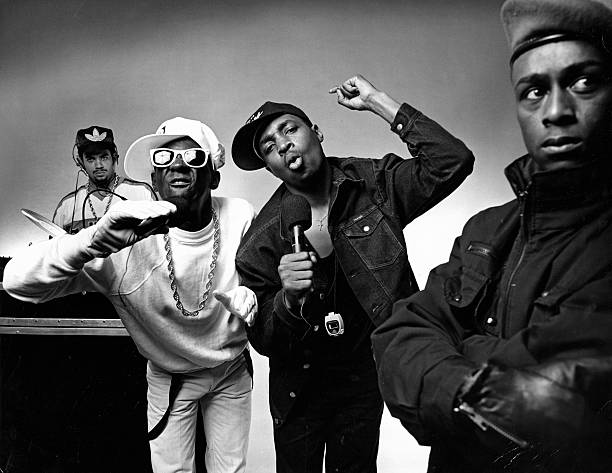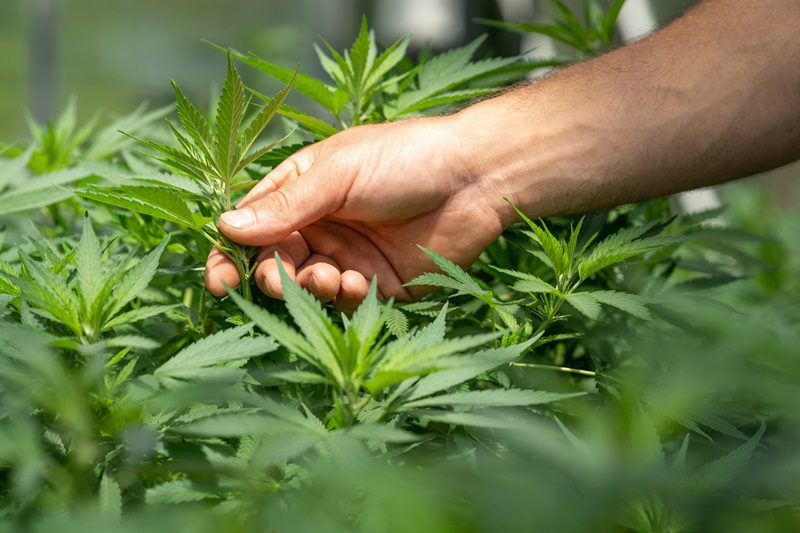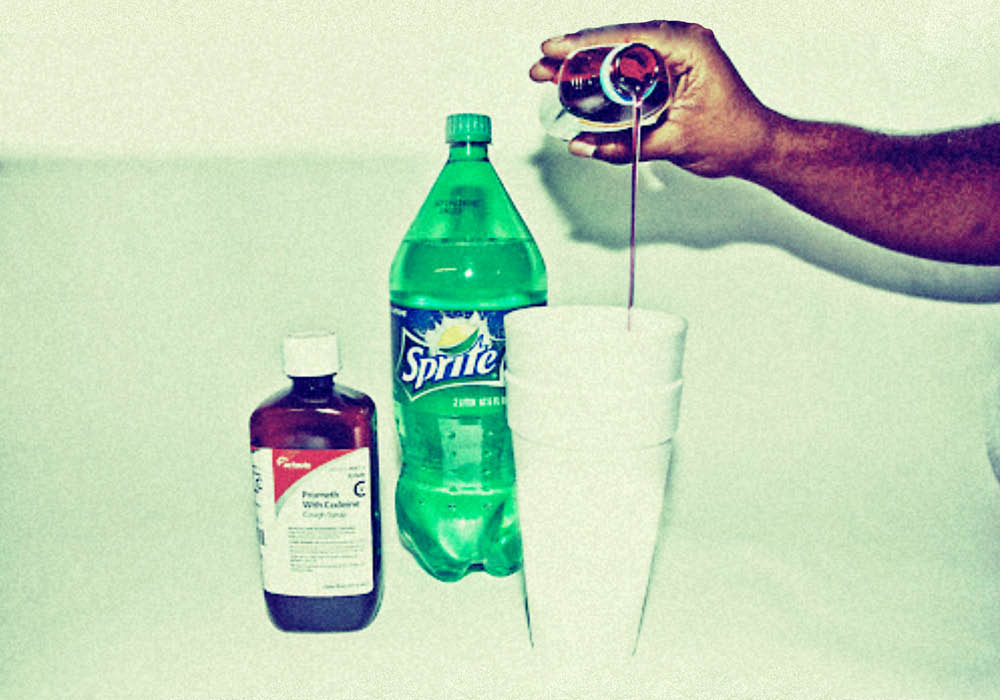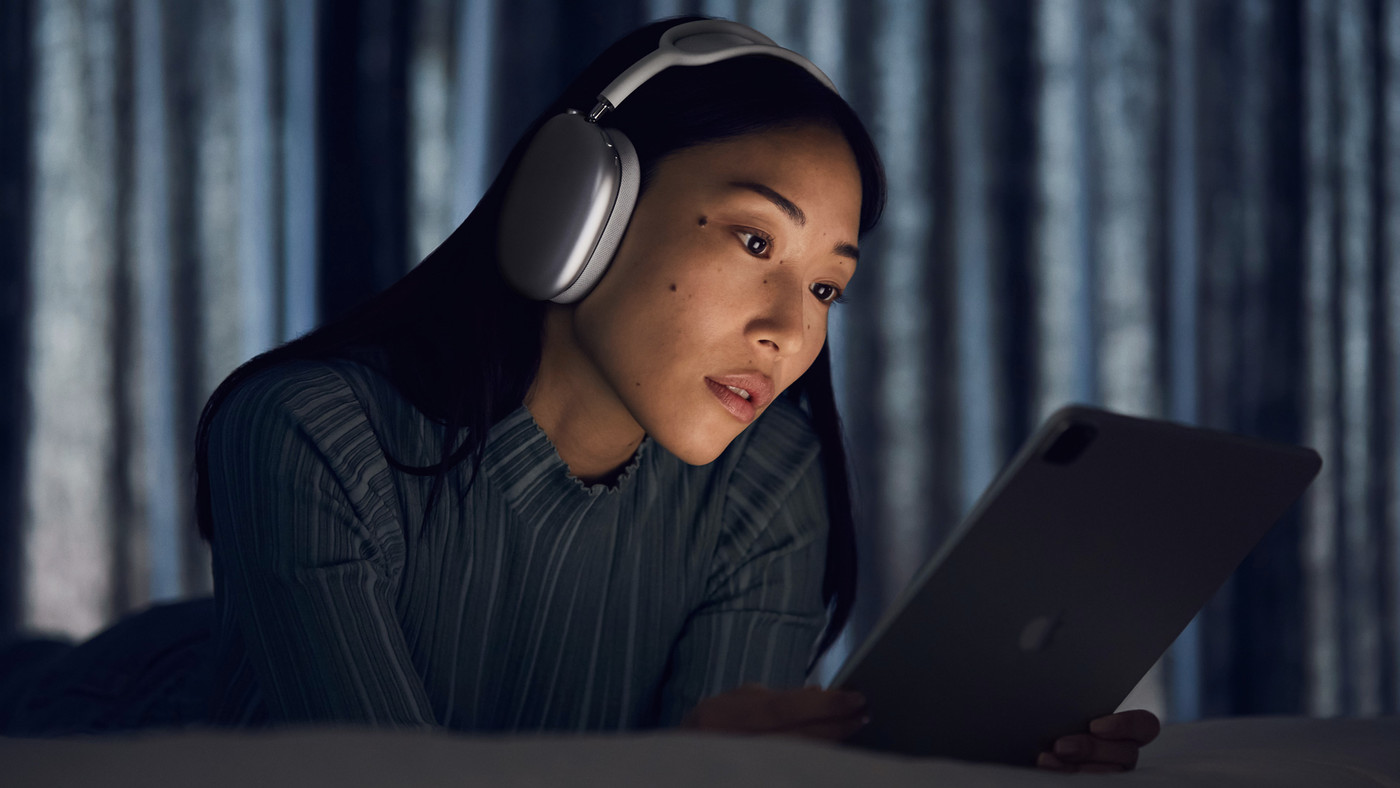Hip-hop is usually seen as a continuously growing and developing genre. Although numerous elements of its growth have guided it towards where it is today, the means of consuming the music by listeners has significantly impacted the experience. This article assesses how, through small-scale, community-based live performances, the hip-hop genre found a means of captivating listeners by creating a unique and interactive experience for the audience. Moreover, it underlines how these live shows have successfully developed hip-hop as a genre into the multi-billion dollar industry it is today by creating a deep connection with listeners that has been scaled up to large venues and stadia.
Unpacking the Roots and Evolution of Hip-Hop Music
Hip-hop—often referred to as rap—is a genre of popular music that developed in the early 1970s, invented by African Americans and Caribbean emigrants in the Bronx in New York City. Hip-hop originated as an anti-drug and anti-violence genre consisting of highly stylized rhythmic music (typically built upon drum beats) that frequently accompanies rapping—a rhythmic delivery of poetic vernacular. Leading up to the present day, hip-hop’s impact on the $16 billion music industry and beyond is now so widespread that experts believe it is too difficult to quantify. Hip-hop shows generate millions of dollars in revenue annually while fans clamor to get VIP tickets for exclusive access to their favorite artists’ performances.
The Genesis of Hip-Hop: Live Community-Based Practices
Hip-hop culture originated during the mid-1970s as a combined series of live community-based practices. It remained a function of live practice and congregation for many years, exclusive to those who gathered jointly along NYC blocks, in parks and in specific clubs such as the now-famous Harlem World or T-Connection. Early MCs, DJs, graffiti artists and breakdancers developed a “scene” entirely based on face-to-face social contact and interaction. This spirited artistic movement flourished in the streets where creativity blossomed amid the pulse of city life.
Cultivating Connection and Community Engagement
In these low-key, community-based live performances, hip-hop artists had a level of self-expression that one may not possess in a more mainstream circuit. Through live performances, artists were able to effectively captivate and interact with their audience to build deeper connections than ever before. The artists often put effort into getting the audience involved and interested in interactions facilitating the audience to feel they hold an important role and belong in the space. Ultimately, belonging and community are built into hip-hop culture through interactions that underpin a shared experience, blurring the boundaries between performer and audience.
The Heat of the Moment: The Intimacy of Hip-Hop Live Performances
Hip-hop has always given significant focus to live performances, particularly in small club settings. While the full immersion of an audience during a show is partially due to this setting, the hot temperature inside, the volume of the music and the inability to separate oneself from the energy, this unique experience creates a stronger sense of intimacy between the audience and the performer. When seeing an artist perform live, one is shown to feel a more significant connection than merely listening to an album. Hip-hop groups, including NWA, found ways to excite audiences and remind them they are part of a more exceptional experience than they might realize, allowing for a more intimate experience and greater audience participation.
The Dynamics of Hip-Hop Live Performances
During a live concert, much of the control is left in the hands of the audience to decipher the artists’ performance and lyrical message. By witnessing and interpreting a performance in a face-to-face context with the artist, the fans authorize themselves to feel part of something larger than just a show. The communication lines from performers to attendees can transmit vital political and personal messages through poetic discourse. Hip-hop asks the audience to re-evaluate where they stand socially, culturally and politically; these live performances demonstrate how hip-hop artists operate through alternative channels for community building and participatory political engagement with the promotion of individualism amongst performers and audience members.
Hip-Hop’s Evolution: From Intimate Gatherings to Mainstream Spectacles
For a hip-hop artist, a bonus in their live performance can be the elevation of their popularity ranking on a mass-mediated wide-scale. For example, Public Enemy’s shows are less like small-scale community performances and more like major-label rock extravaganzas. Elaborate props and rigid codification all give performances a kind of large-scale grandiosity foreign to most early (less formal) hip-hop music. Whether some of the early spirit of hip-hop shows has been diminished in the stadium-scale context is difficult to measure; however, in all contexts, a strong association with fans remains, while the electricity of smaller-scale community shows continues to captivate the underground scenes of New York, Los Angeles and beyond.
Final Notes
In conclusion, the evolution of hip-hop music has been intricately intertwined with the dynamics of live performances, particularly in small club settings. These intimate gatherings have served as platforms for artists to express themselves authentically, fostering deeper connections between performers and audiences. From the streets of New York City to underground scenes across the United States, hip-hop’s roots in community-based practices have shaped the genre’s cultural significance and continue to unite audiences in shared experiences. Through live performances, hip-hop continues to transcend boundaries, challenge social norms and reflect the essence of the genre.
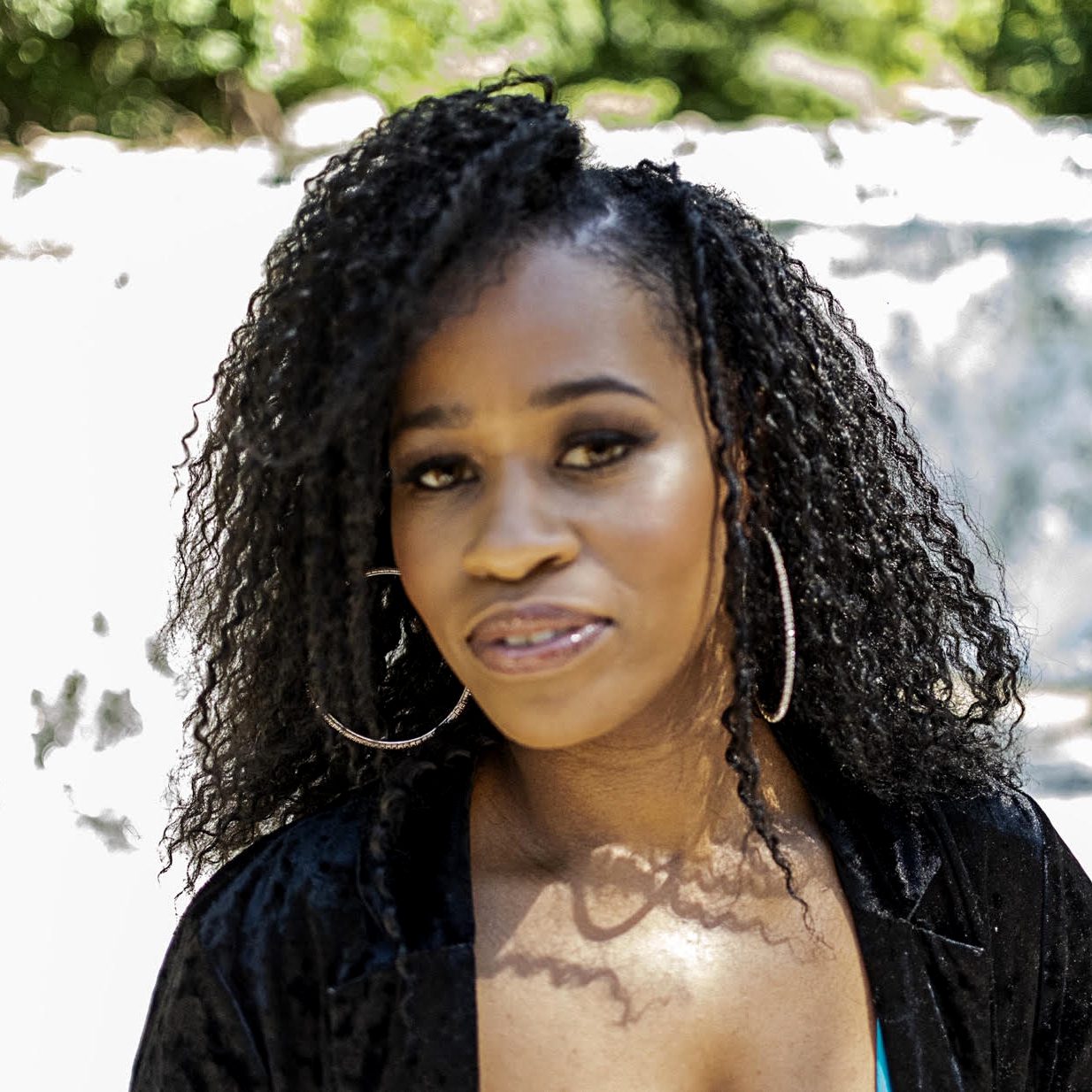
Hulda Hicks was born in Brooklyn, NY in the late ’70s, at the time when Hip-Hop music was just emerging as an art form. Her entire life was influenced by the culture, having grown up in the epicenter of the creative movement.
As a trained musician and vocalist, Hulda got exposed to the industry in her twenties and has worked on projects with iconic figures such as the Chiffons, the Last Poets, and Montell Jordan, to name a few. Her passion for music extended past the stage on to the page when she began to write ad copy and articles as a freelancer for several underground publications.
A written review from “Jubilee Huldafire” is as authentic as it gets, hailing from one creative mind that has a unique voice, on paper and in person.



